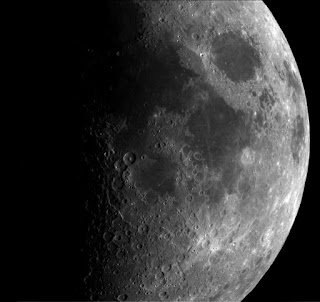The Earth's second moon
New studies heare revealed that the earth have a tiny second satellite.
The Minor Planet Center has announced that Earth now has two moons. But don’t bother running outside to check – this second satellite is tiny and temporary.
 |
| Source : nasa.gov |
The newcomer, designated 2020 CD3, measures between 1.9 and 3.5 m (6.2 and 11.5 ft) wide, which obviously pales in size compared to our main Moon’s massive 3,474 km (2,159 mi) diameter. That’s because it’s little more than an asteroid that just wandered too close, and got tangled up in Earth’s gravitational pull.
The discovery was made on February 15 by US astronomers Theodore Pruyne and Kacper Wierzchos, using the telescope at Mount Lemmon Observatory. Follow-up observations allowed astronomers to trace its orbit, and calculated that this tiny space rock has been orbiting Earth for about three years.
This is only the second confirmed mini-moon that we’ve seen Earth capture. The first was an object known as 2006 RH120, which looped around us a few times between September 2006 and June 2007 before being ejected.
Other “claimed moons” are more common, but these quasi-satellites technically orbit the Sun – they just happen to share the same path as Earth. For instance, 2016 HO3 was discovered a few years ago trailing behind Earth about 13.6 times farther than the Moon. It’s done this for almost 100 years, and is expected to follow us for several hundred more to come.
But 2020 CD3 will have a much shorter stint as a mini-moon. While it’s gravitationally bound to Earth right now, it’s subject to gravitational nudges from Earth, the Moon and even the Sun, which will soon knock the little rock free of orbit to drift off into space once again. Some estimates say this could happen as soon as April 2020.
No doubt astronomers will continue to watch our tiny travelling companion closely for as long as it sticks around.








Comments
Post a Comment
Help us by feed back and add and your sujection to us. .